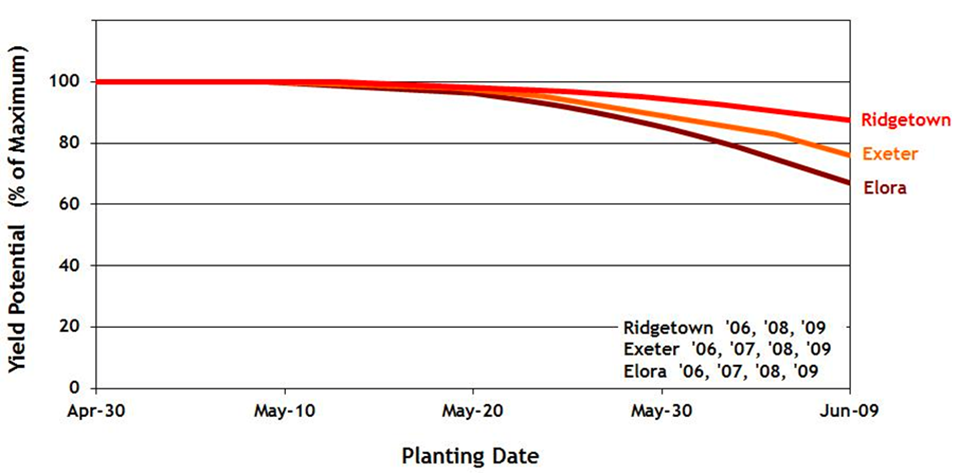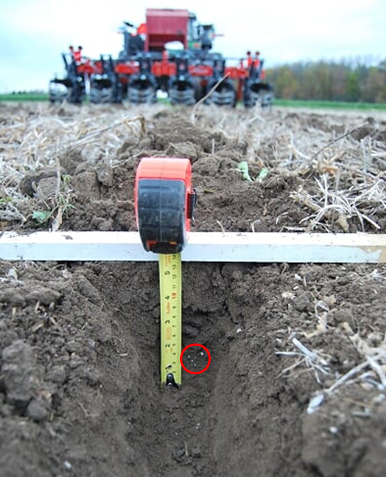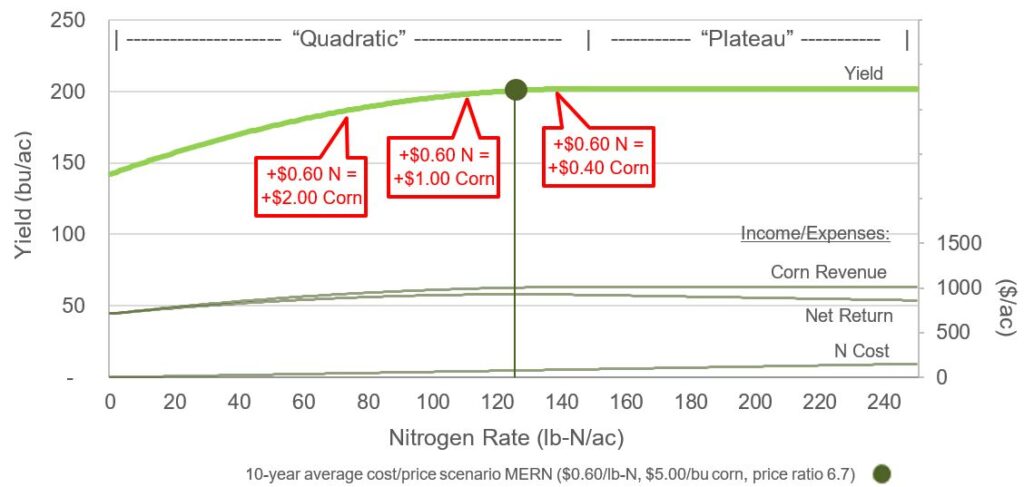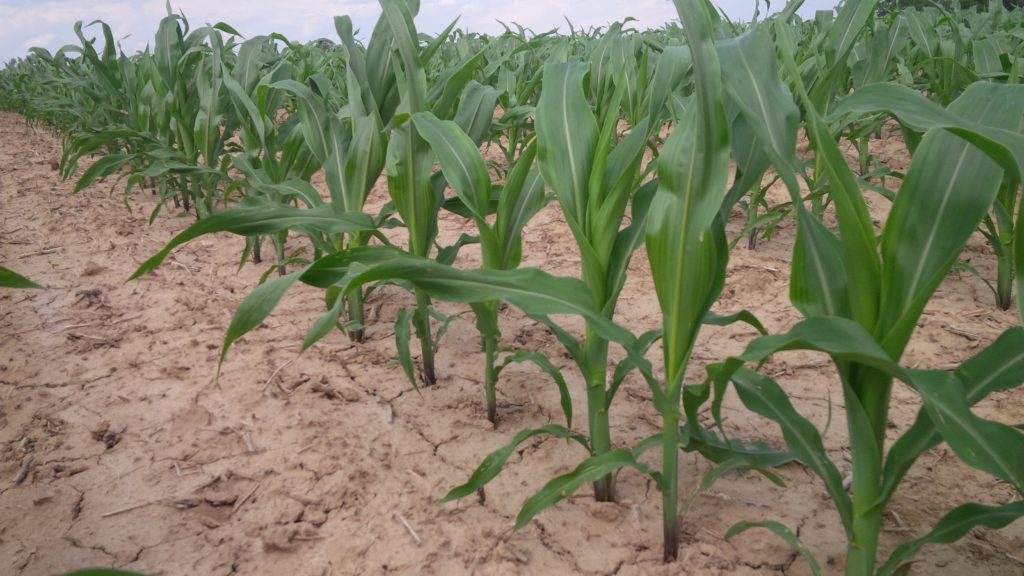Canadian standardized assessment for European corn borer, Ostrinia nubilalis for all hosts, version 2.0
The European corn borer (ECB; Ostrinia nubilalis), can be an important pest of corn. Despite its name, ECB is actually a generalist feeder, having a wide range of hosts. The recent confirmation of ECB resistance to Cry1F Bt corn in Nova Scotia has increased the need to monitor this pest across Canada. With so many […]











